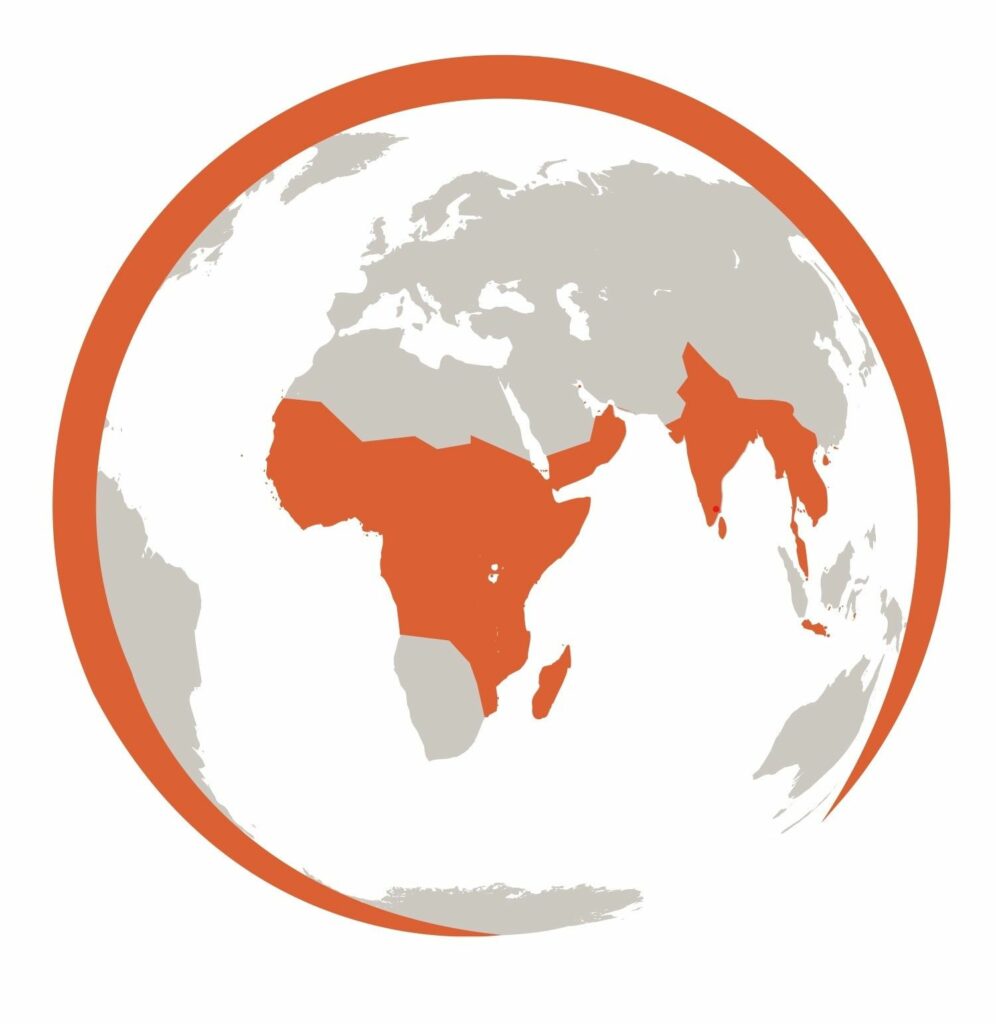Funders
US President’s Malaria Initiative (PMI) / The Global Fund / Abt Associates / PATH
Location
Global, Mozambique
Dates
2016-2019

Indoor residual spraying (IRS) is a highly effective malaria control intervention used increasingly in sub-Saharan Africa, especially with the advent of third-generation IRS products (3GIRS). The Next Generation IRS (NgenIRS) project was a partnership funded by the US President’s Malaria Initiative, The Global Fund, Abt Associates and PATH that worked closely with leading insecticide manufacturers, national malaria programmes and other stakeholders to increase the use of 3GIRS.
Tropical Health was commissioned to evaluate evidence of 3GIRS cost-effectiveness in sub-Saharan African malaria control, in five countries in particular.
Indoor residual spraying (IRS) is a highly effective malaria control intervention used increasingly in sub-Saharan Africa, especially with the advent of third-generation IRS products (3GIRS). The Next Generation IRS (NgenIRS) project was a partnership funded by the US President’s Malaria Initiative, The Global Fund, Abt Associates and PATH that worked closely with leading insecticide manufacturers, national malaria programmes and other stakeholders to increase the use of 3GIRS.
Tropical Health was commissioned to evaluate evidence of 3GIRS cost-effectiveness in sub-Saharan African malaria control, in five countries in particular.
Tropical Health developed a cost information collection tool conducted a study that was unique in including not only cost analysis of in one setting alone, but derived new cost data across a number of programmatic settings across sub-Saharan Africa and used meta-analysis techniques to pool both the cost and effectiveness data.
Tropical Health found that 3GIRS, using Actellic 300CS, is highly likely to be both effective and cost-effective as an addition to Standard of Care malaria control interventions in sub-Saharan Africa. While the cost per person targeted varied largely between country settings, cost effectiveness was still achieved and can be expected.
Global Fund / Nigeria National Malaria Elimination Programme
Nigeria
2023 - 2024
Sightsavers, Ghana Somubi Dwumadie (FCDO)
Ghana
2022-2023
Global Fund MOSASWA (Mozambique, South Africa and Swaziland) region
Mozambique
2022-2023